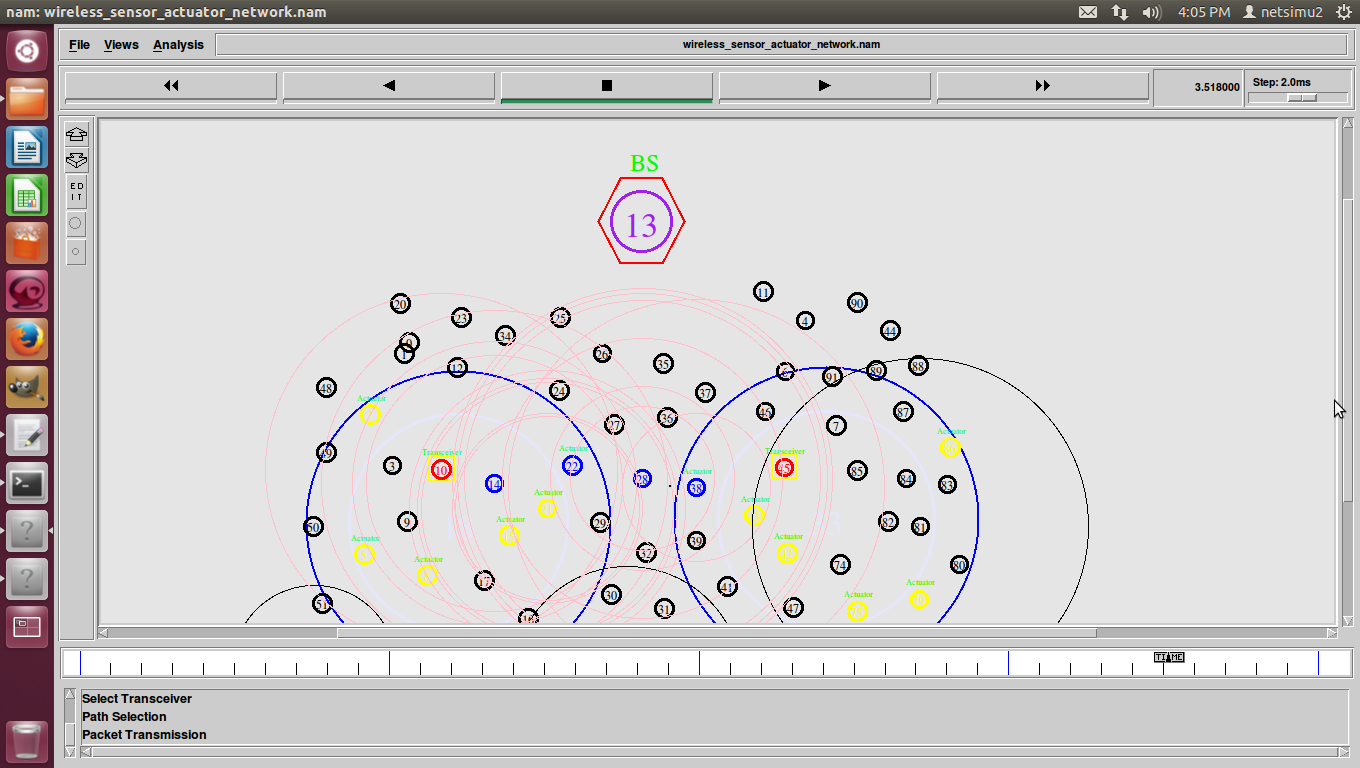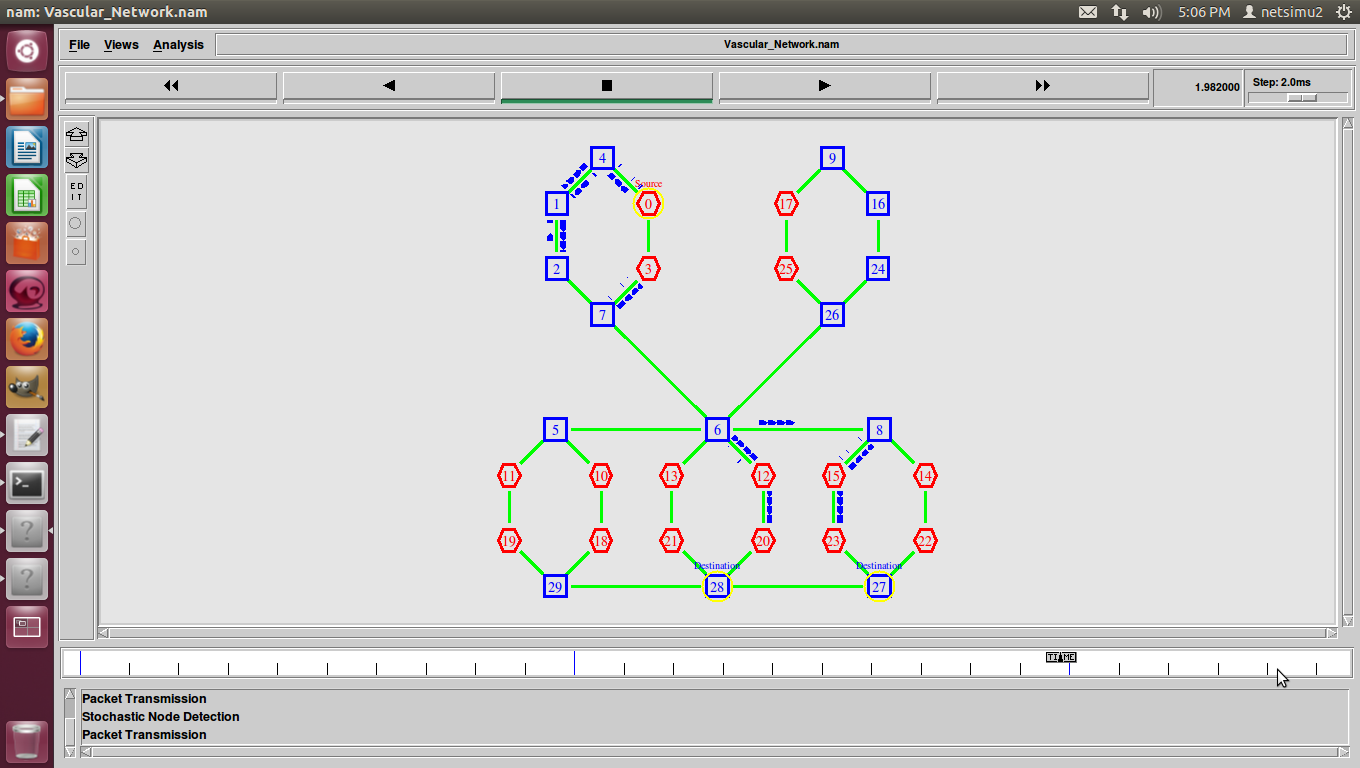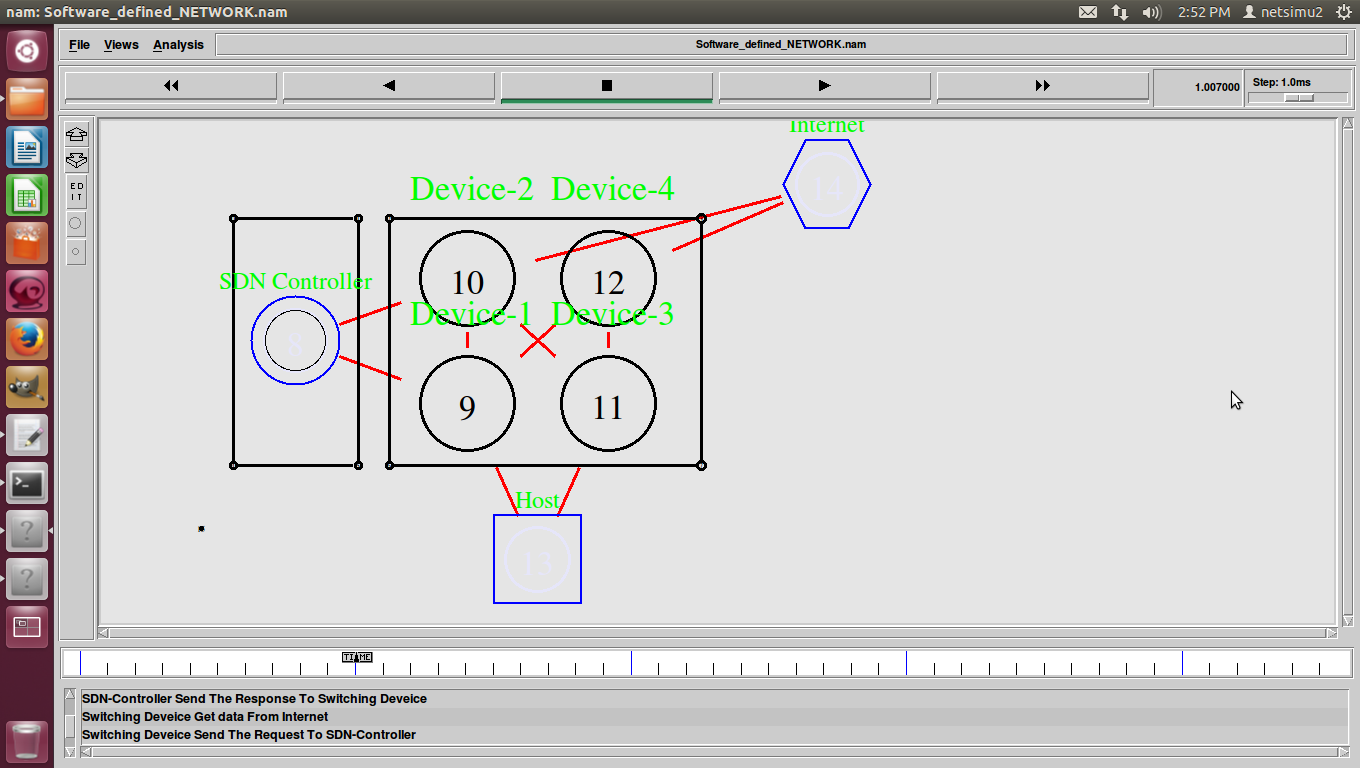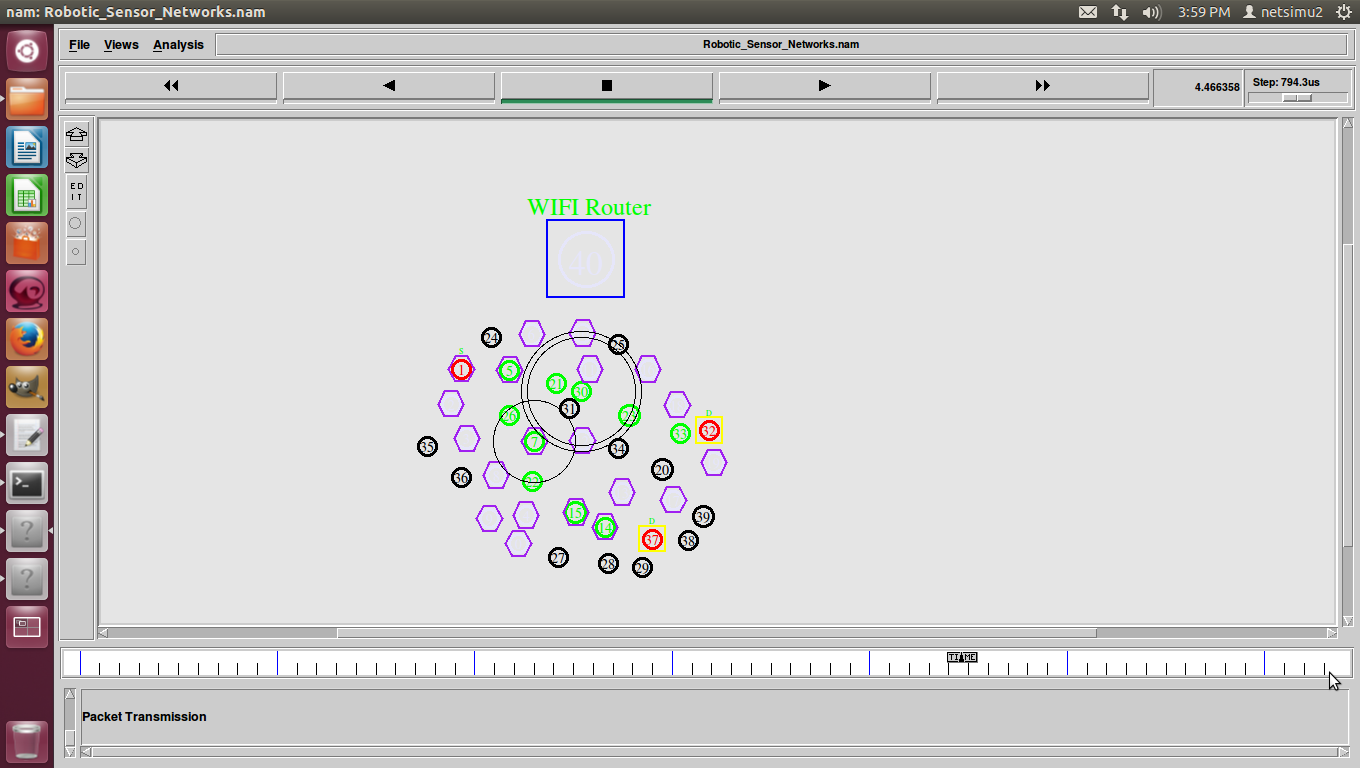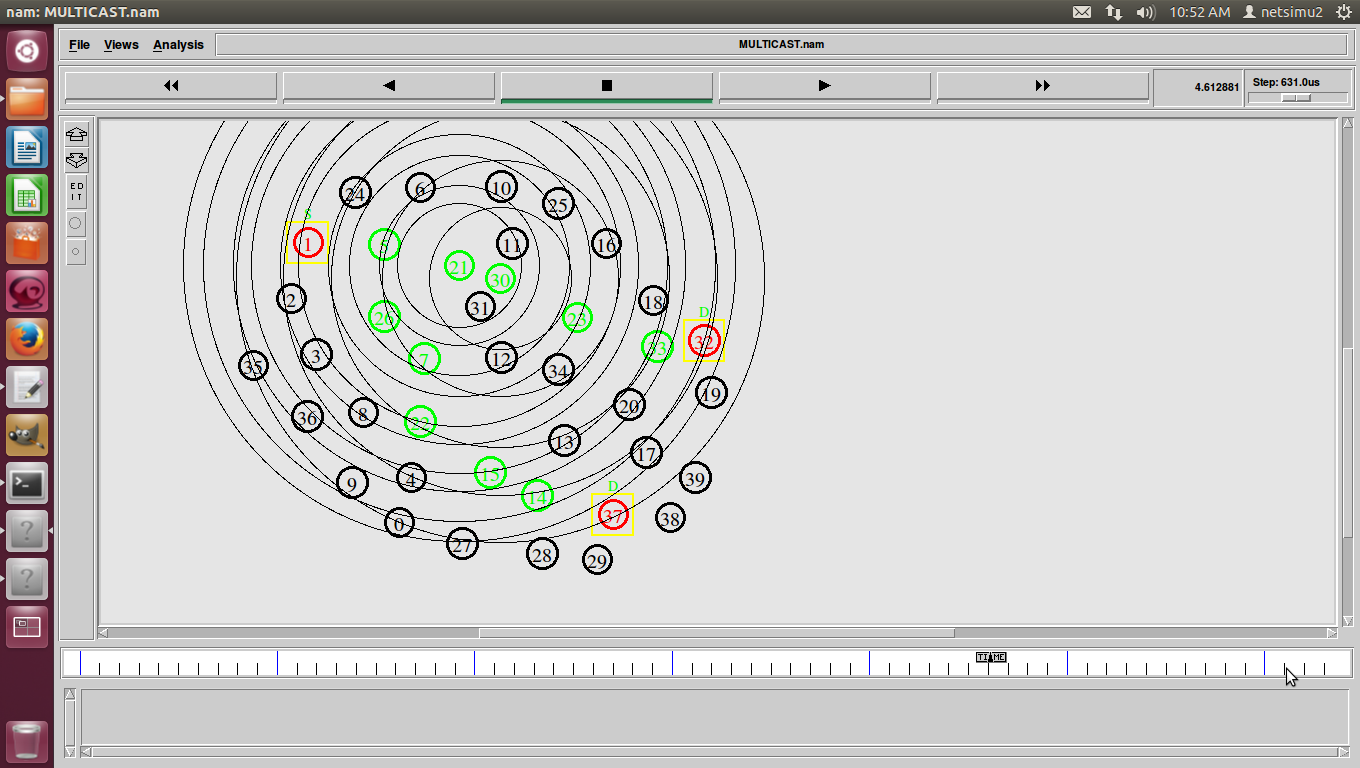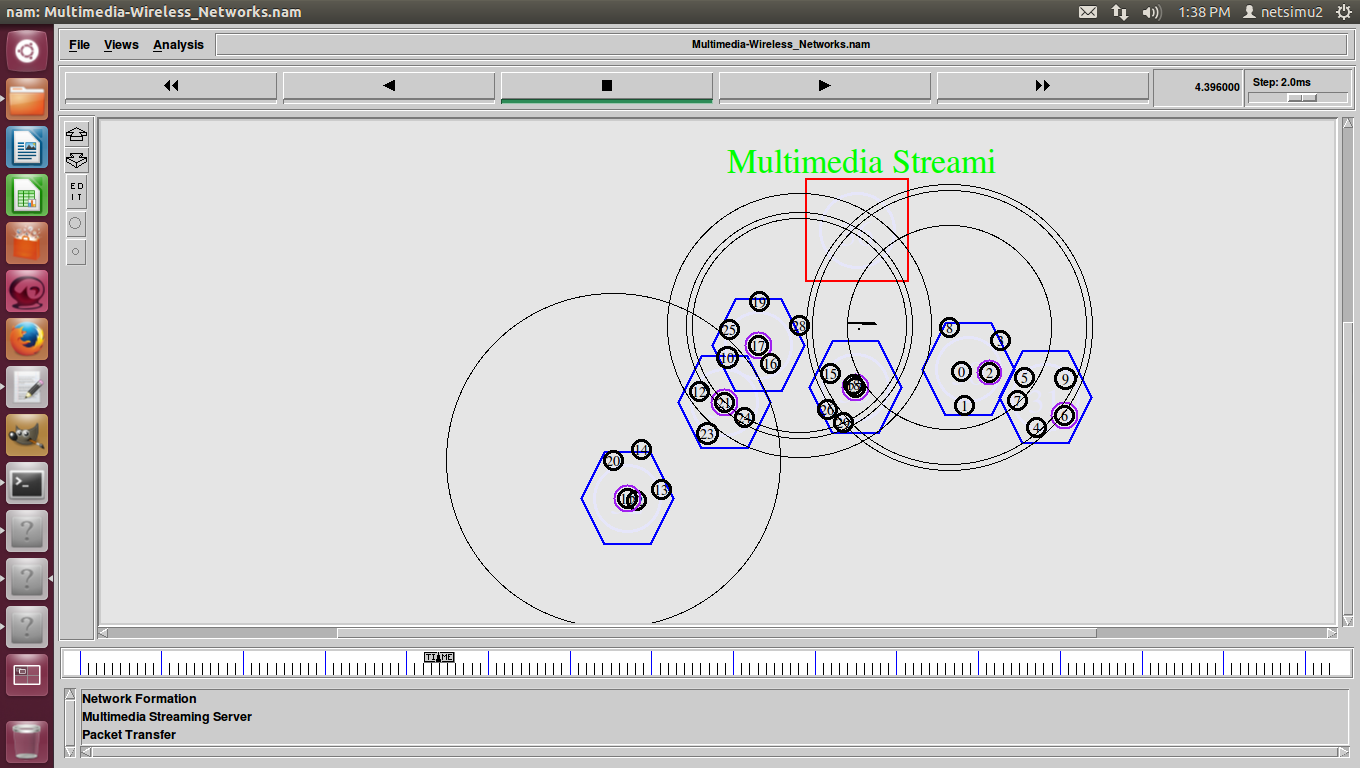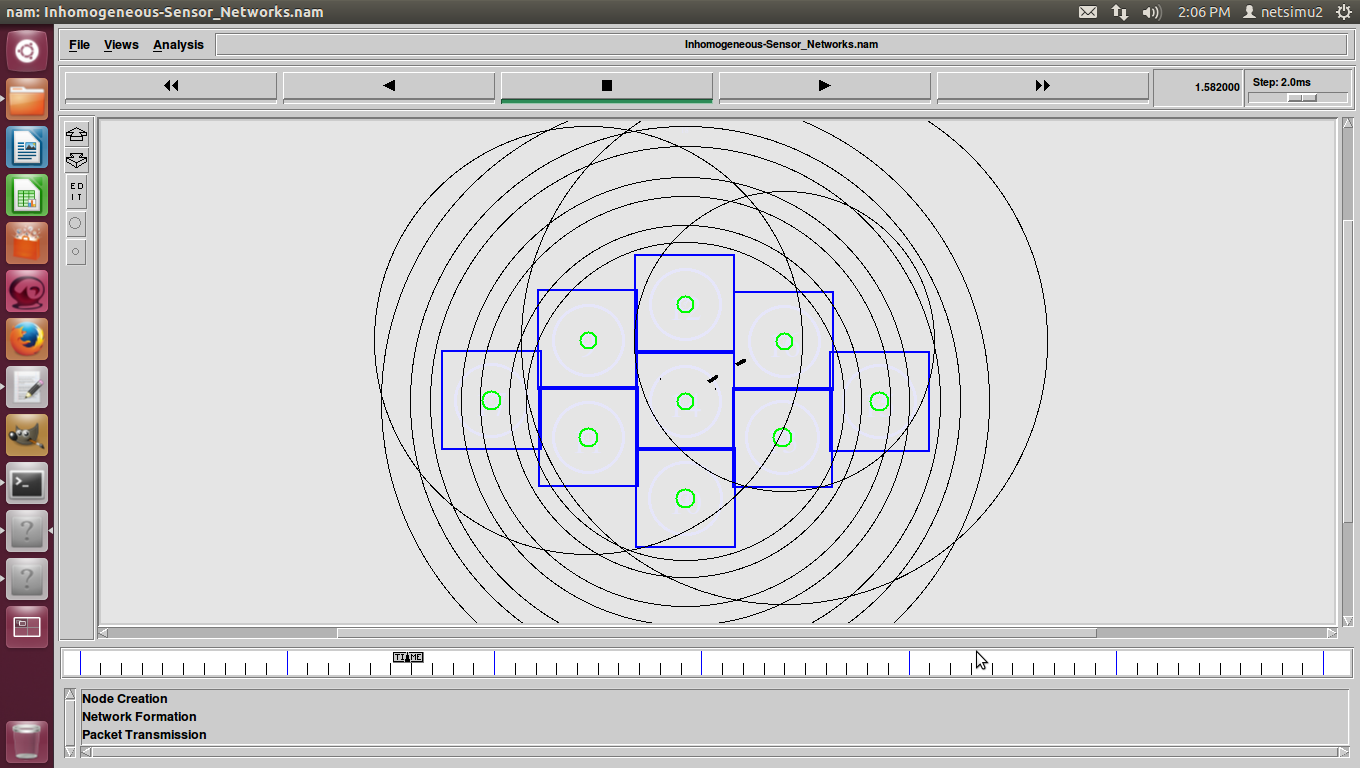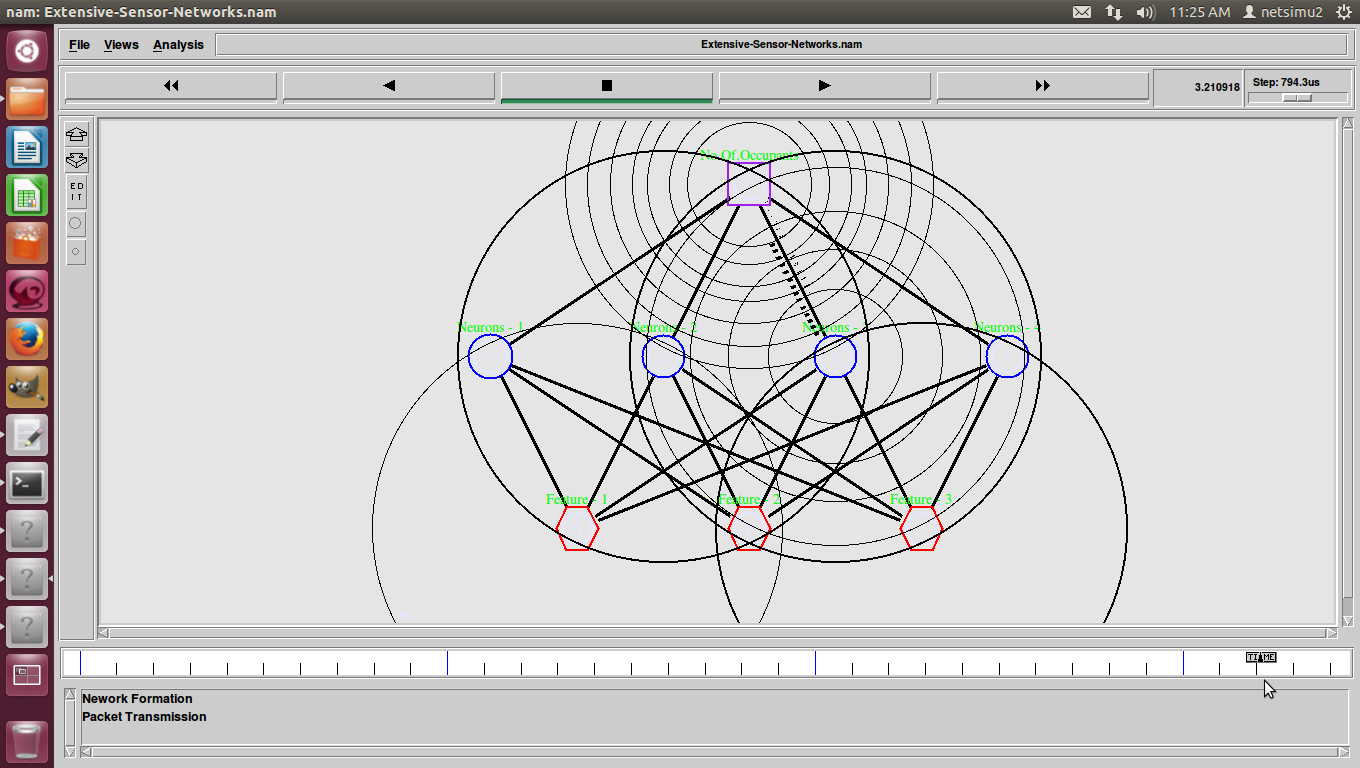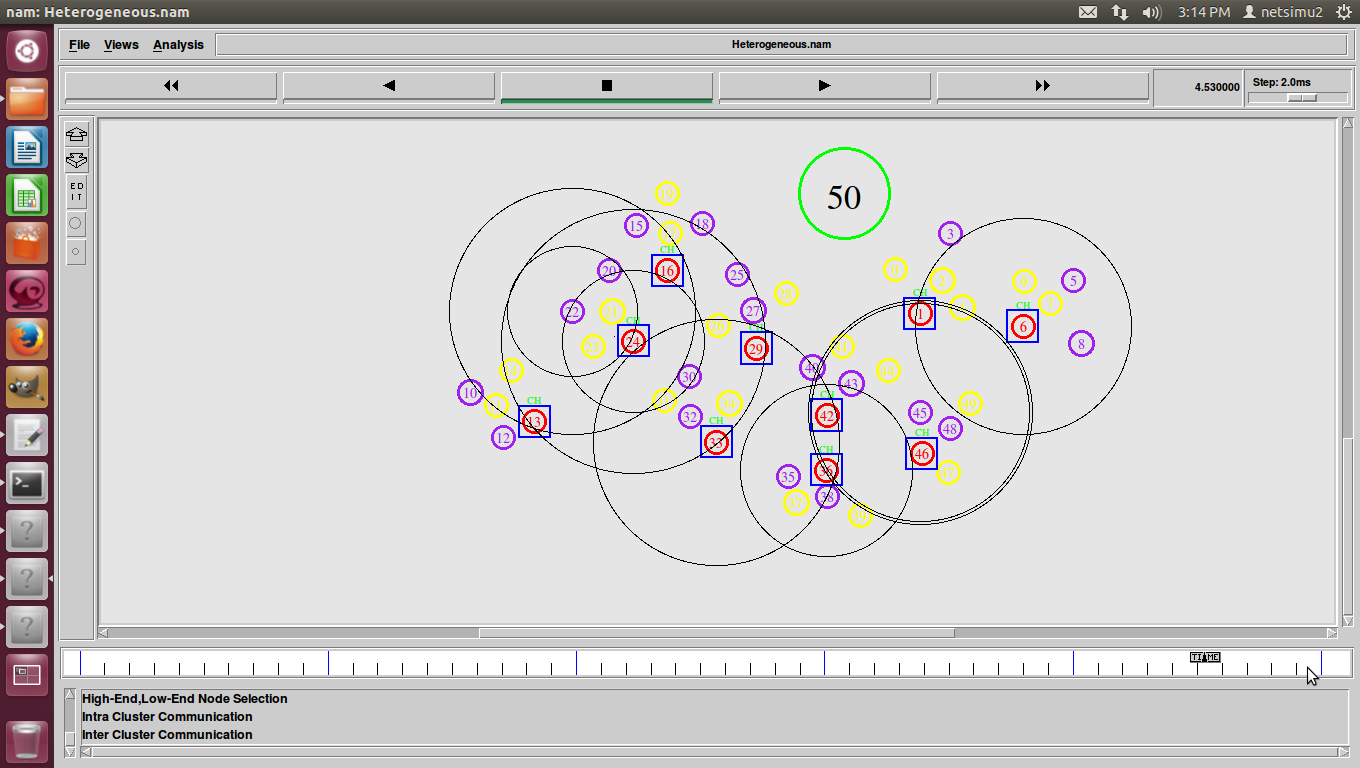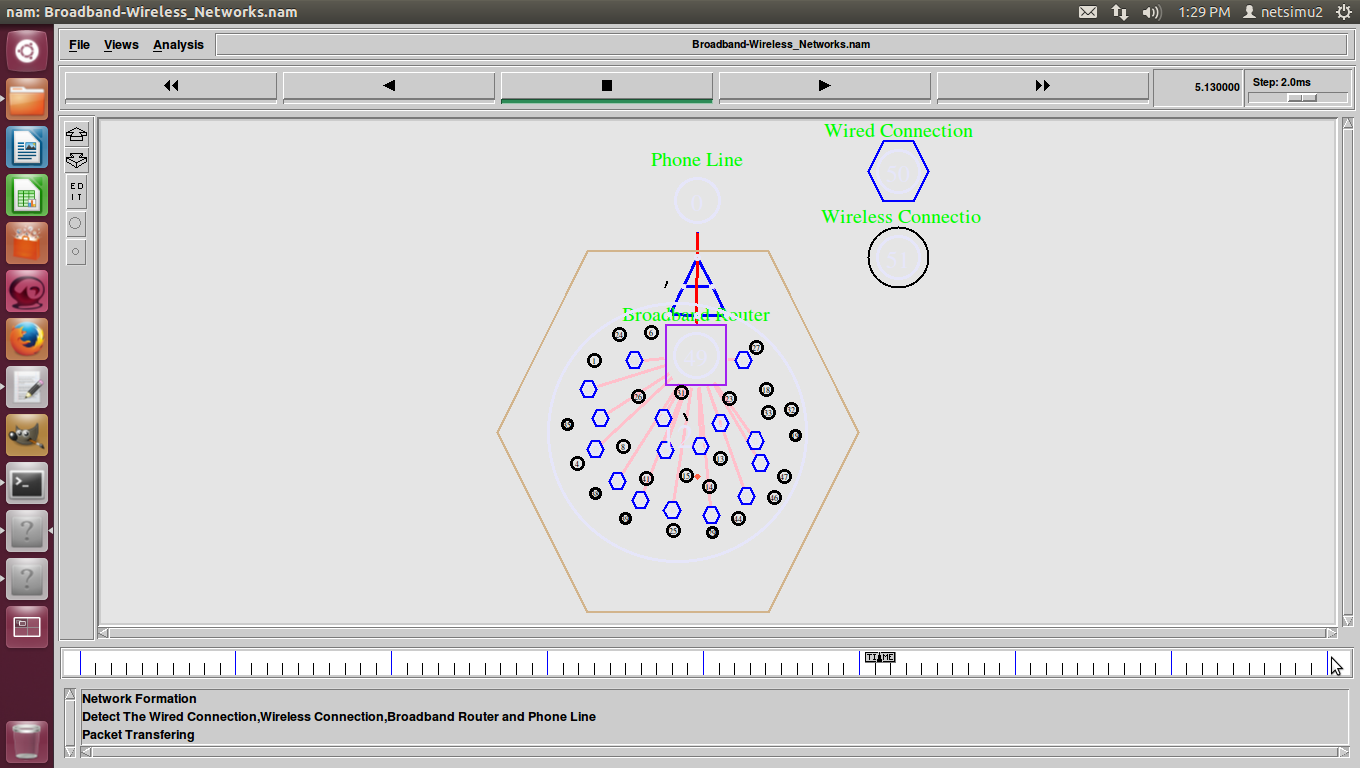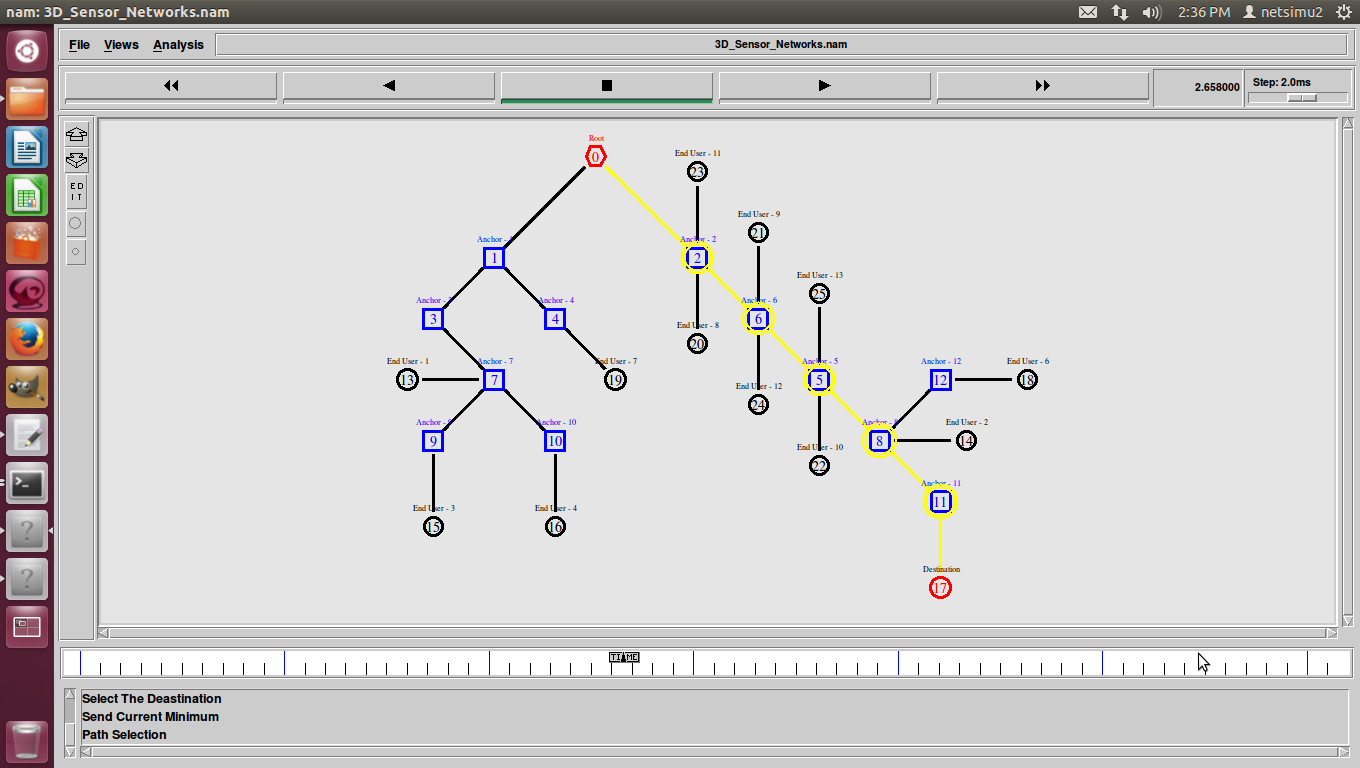Secret Key Generation Rate with Power Allocation in Relay-based LTE-A Networks
LTE-A networks exploit low-power relay nodes, picocells and femtocells to boost throughput, enhance coverage, decrease latency, and reduce cost. End users in a relay based LTE-A network can recruit relay nodes to cooperate as virtual antenna arrays, thereby reaping the benefits offered by MIMO techniques. Although relay-based cooperative MIMO (coop MIMO) implementation in LTE-A networks improves performance, security issues are often overlooked. This paper introduces a physical layer (PHY-layer) security scheme for point-to-point networks and extends this scheme to MIMO networks.
Two practical relay-based coop MIMO architectures and corresponding secret key generation (SKG) schemes are presented. For both the MIMO and coop MIMO networks, the impact of proposed power allocation on secret key generation rate is quantified via theoretical and numerical analysis. Results indicate that proposed power allocation scheme can offer 15%30% increase in secret key generation rate (SKGR) relative to MIMO/coop MIMO networks with equal power allocation at low power region, thereby improve network security.






